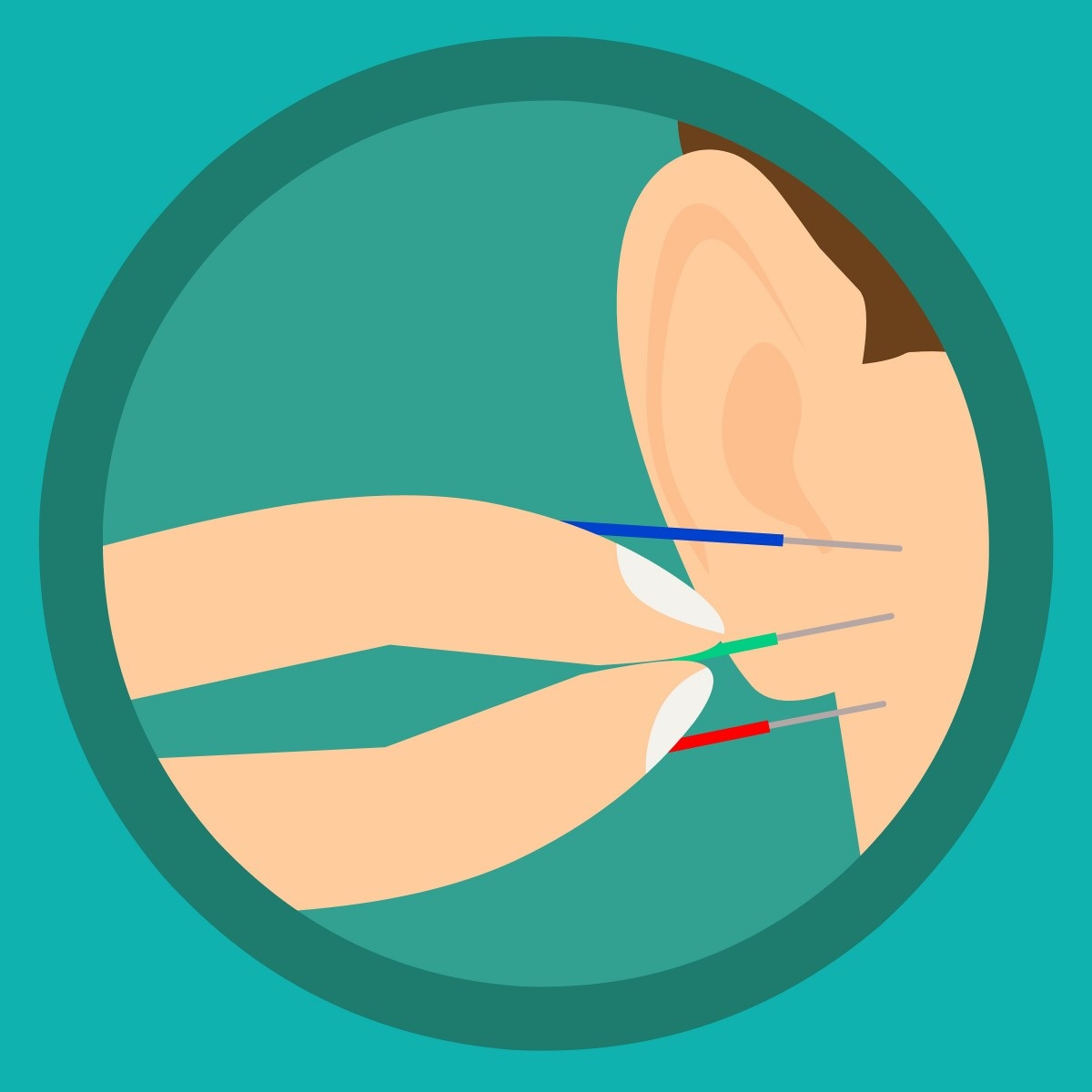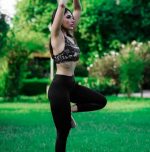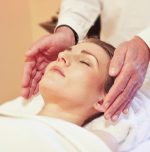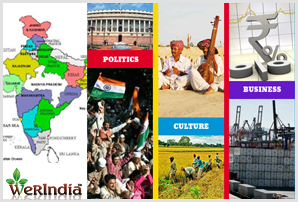Different types of acupuncture and their benefits

Acupuncture is a centuries-old healing technique that involves inserting fine needles into specific points on the body to improve health and well-being.
While rooted in traditional Chinese medicine (TCM), acupuncture has evolved into various styles across Asia and the West.
Each type has its own theory and benefits, but all aim to support the body’s natural healing processes.
Traditional (Oriental) Acupuncture Types
Traditional Chinese Medicine (TCM) Acupuncture
One of the oldest and most practised forms. It balances the flow of qi (energy) and blood through channels called meridians.
Benefits: Treats pain, stress, insomnia, digestive issues, and more.
Shamanic Acupuncture
Combines acupuncture with spiritual guidance. Practitioners work with spirit healers to guide point selection.
Benefits: Aids emotional healing, spiritual clarity, and deep energetic balance.
Stems and Branches Acupuncture
Based on ancient Chinese astrology and nature’s cycles. Points are selected based on planetary and seasonal influences.
Benefits: Aligns body rhythms with nature; used for chronic or constitutional imbalances.
Master Tung Acupuncture
A family lineage style using unique point locations different from TCM. Known for fast results with fewer needles.
Benefits: Highly effective for pain, neurological, and internal disorders.
Dr. Tan’s Balance Method
Combines TCM theory with innovative mapping. Focuses on balancing the body using mirrored and opposite side points.
Benefits: Quick pain relief and systemic rebalancing.
Microsystem Acupuncture
Targets specific body regions like ears (auricular), hands (Korean), or abdomen.
Benefits: Treats localized issues like pain or addiction, and supports overall organ health.
Japanese Acupuncture
Emphasizes gentle needling and palpation-based diagnosis. Needles are often finer than in Chinese methods.
Benefits: Ideal for sensitive patients; effective for chronic pain, anxiety, and fatigue.
Vietnamese Acupuncture
It is similar in approach to TCM but with its own diagnostic system.
Benefits: Treats a wide range of physical and mental conditions.
Marmapuncture (Ayurvedic Acupuncture)
Originating from India, it focuses on vital energy points called marma.
Benefits: Supports detoxification, organ function, and energy flow.
Western Acupuncture Types
Dry Needling (Trigger Point Acupuncture)
It is used by physical therapists to relieve muscle tension and pain. Focuses on myofascial trigger points.
Benefits: Effective for sports injuries, muscle pain, and movement restriction.
Western Medical Acupuncture
Uses acupuncture within the framework of modern medicine. Believed to work mainly through the nervous system.
Benefits: Alleviates pain, improves circulation, and supports rehabilitation.
With over a dozen styles practised globally, acupuncture offers diverse approaches to healing. Traditional methods aim to balance energy and body systems holistically, while Western styles focus on muscular and neurological benefits.
Choosing the right type depends on your health goals, comfort level, and the practitioner’s expertise. Regardless of the style, acupuncture remains a powerful tool for promoting physical, emotional, and energetic well-being.
Image by Mohamed Hassan from Pxhere (Free for commercial use / CC0 Public Domain)
Image Published on September 04, 2018
Image Reference:
https://pxhere.com/en/photo/1448403








